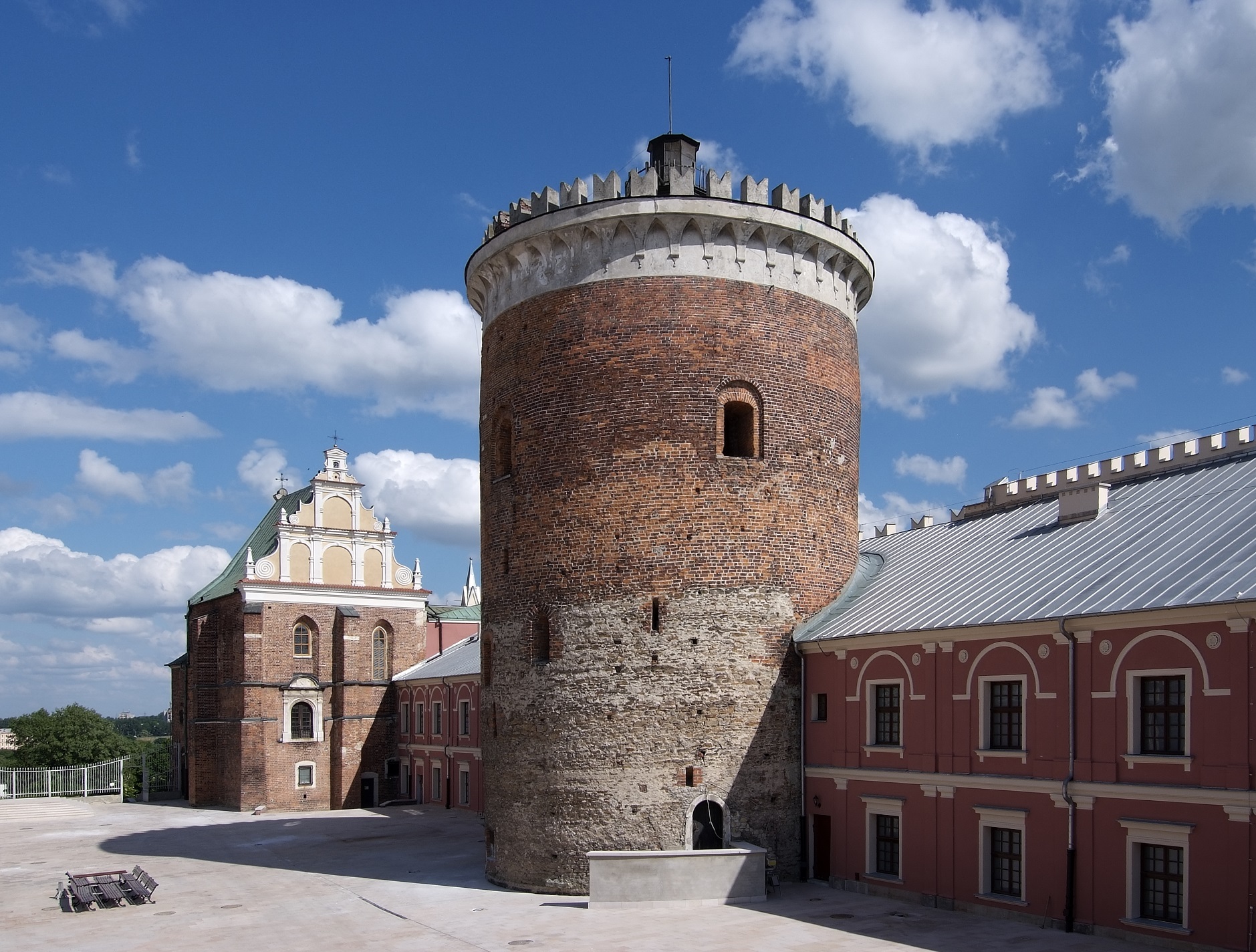The characteristic Lublin Castle standing on a hill is one of the architectural and historical symbols of Lublin. The history of this place is both dignified and tragic. It is believed that an early medieval settlement existed on the castle hill as early as the VI century AD. In the XII century, the castellan had his seat here, and in the XIII century, a circular tower that exists to this day was built.
A breakthrough date in the castle's history was the year 1341, when the Tatars invaded Lublin. After this event, king Casimir the Great decided to erect a brick castle in place of a wooden stronghold. The castle was often visited by the kings - Władysław Jagiełło stayed here on many occasions, and chronicler Jan Długosz looked after the sons of Kazimierz Jagiellończyk for two years. In the XVI century, during the reign of Sigismund I the Old, the castle was rebuilt. An entrance gate was built, a second floor and a magnificent attic were added.
On the 1st of July 1569, the Polish-Lithuanian Union, known as the Union of Lublin, was sworn at the Lublin castle during the general Seym of the Crown and the Grand Duchy of Lithuania with the participation of king Sigismund II Augustus. It was the first real interstate union concluded in Europe.
In the XVII century, during the Swedish deluge, the castle fell into ruin. It was not until the XIX century that a prison building was planned on the site of the destroyed castle. A magnificent construction in the neo-Gothic style was built, which was designed by engineer Jan Stompf. From the mid-XIX century to 1915, mainly political prisoners were sent here including Aleksander Głowacki (pen-name Bolesław Prus) and Andrzej Strug.
In the years 1939-1944 the Castle was the seat of the Gestapo investigative prison. About 3,000 people lost their lives here. The largest execution was carried out by the Germans on the 22nd of July 1944, on the eve of the liberation of Lublin. Nearly 300 prisoners were murdered on that day. In the years 1944-1954 there was an NKVD and political police prison in the castle. About 35,000 detainees were kept within its walls and about 200 people lost their lives.
Since 1957, the building has been the seat of the Lublin Museum, in 2021 renamed the National Museum in Lublin. There are rich collections in several galleries, including: archaeological, numismatic, military, and ethnographic. The famous painting "The Union of Lublin" by Jan Matejko is exhibited in the painting gallery.
Located on the Castle Hill, the Holy Trinity Chapel is a unique example of combining Gothic architecture with Ruthenian-Byzantine frescoes. It is one of the most valuable monuments of medieval art in Poland and Europe.
The Holy Trinity Chapel, alongside the Dominican friars basillica and the Monument to the Union of Lublin on Litewski Square, was honored with the European Heritage Label. This distinction is awarded to the sites that have played a special role in shaping the history and culture of Europe or developing the values underlying European integration.





